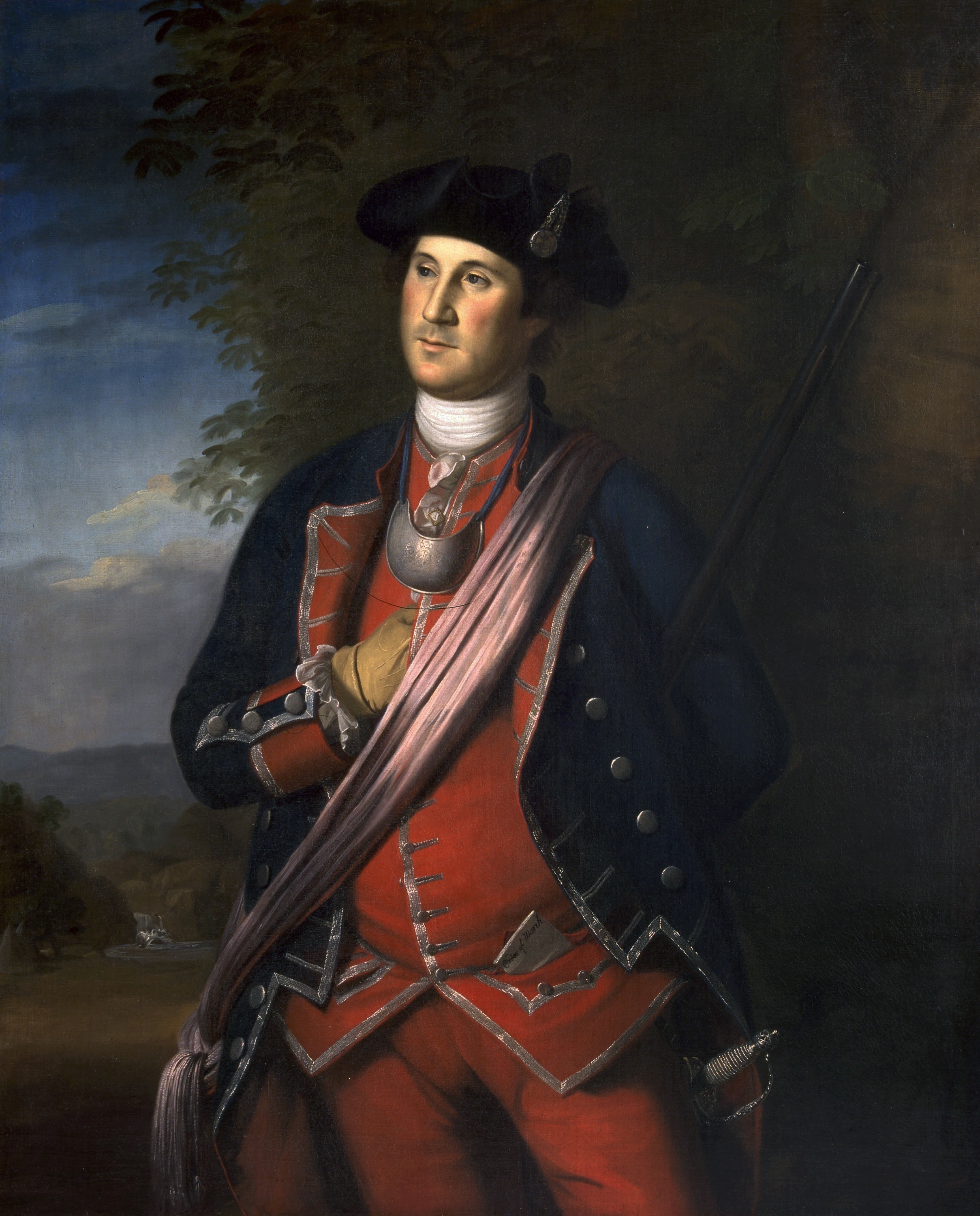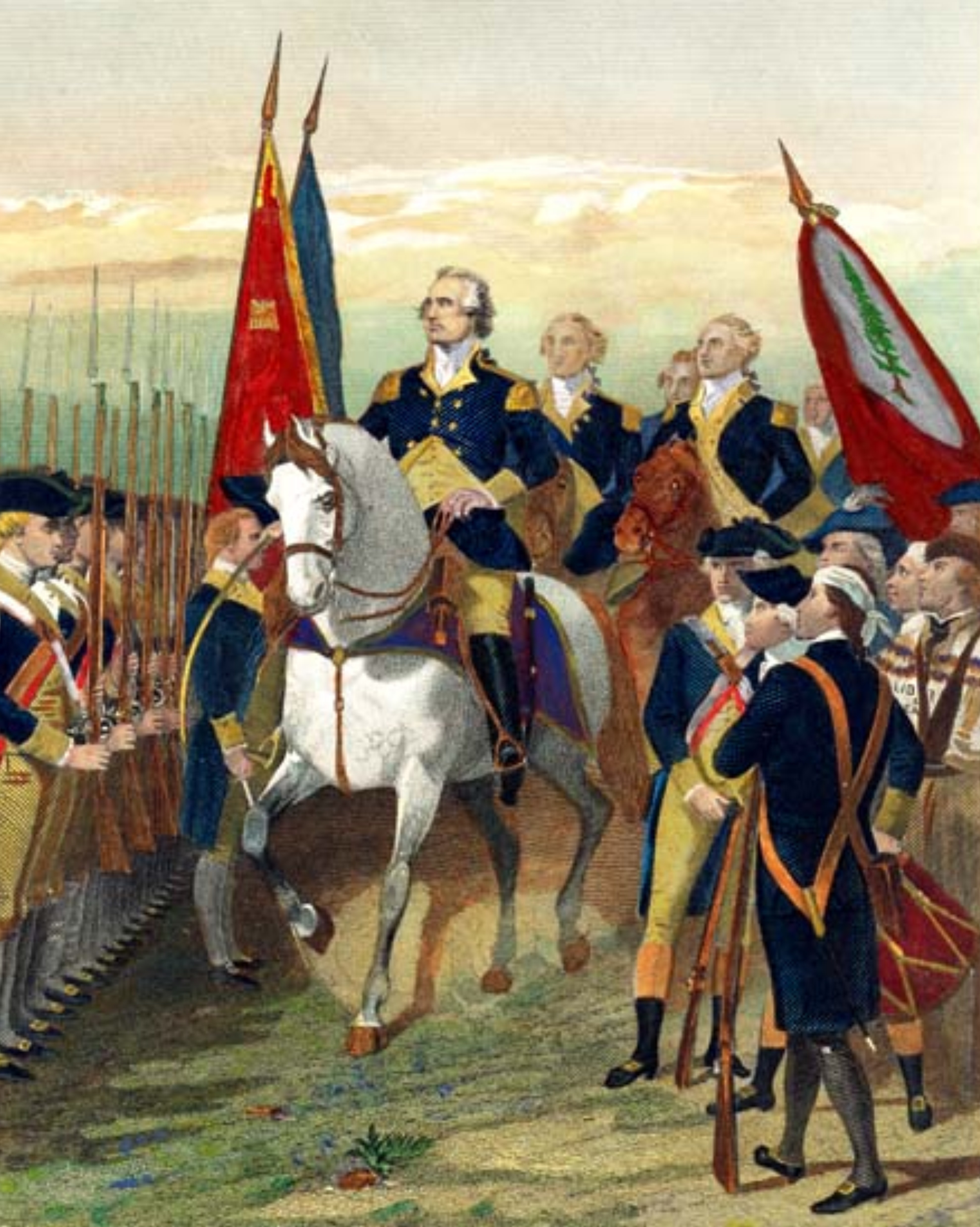Today
is George Washington’s Birthday. He was born on February 22, 1731—that was
February 11 on the old Gregorian
Calendar the Britain and her colonies still used. Washington is such a pivotal figure in American history
that I have blogged many times about parts of his life and accomplishment. He has showed up as a major, if secondary
character in dozens of other of my history blog. Today, in honor of his birthday we will take
a look at how he got the job that put him on the path to becoming the Father of Our Country.
On June
15, 1775 the Continental Congress appointed
George Washington as the Commanding General of the Continental
Army. With Massachusetts and other New
England militia units already besieging
the British Army in Boston, Congress created a new Continental
Army as a signal to the enemy that
it was facing united Colonies, not
just crazy, disgruntled Yankees.
A unified command was essential, as was the arrival on the scene at the earliest possible moment of troops from the Middle and Southern colonies.
The choice for the Commander was the subject
of some intrigue. There were other candidates.
| The most experienced candidate was former British Lt. Col. and mercenary Charles Lee. |
Most
noteworthy was retired British Regular Army Lt. Colonel Charles Lee
who had served as a junior officer
with the 44th Foot Regiment in the French and Indian Wars. Although he was away from the unit for
the Battle of
the Monongahela, Lee
did serve at the Siege of Louisbourg, a failed attempt to capture Ft.
Ticonderoga, the capture of Ft.
Niagara, and the failed attack on Montreal. After returning to England and rising in the
ranks, he became a mercenary
serving with the Portuguese against
a Spanish invasion and in the
service of King Stanislaus II of Poland in the Russo-Turkish War. After retiring from the British Army he expressed sympathy for the Colonial cause and immigrated to Virginia
where he purchased an estate. Lee was by far the most experienced officer available and had many supporters.
Thomas
Mifflin, a “fighting Quaker” from Pennsylvania was put
forward by that colony’s delegates.
Artemus
Ward, already commanding the troops in
front of Boston, was naturally a candidate.
Among other names mentioned was another former British Regular officer, Richard Montgomery originally of Dublin, a veteran soldier with strong
political links to British Whigs, and married into New York’s powerful Livingston
family.
Each of these men had regional and political support in Congress.
Virginia delegate Colonel
George Washington was officially
uninterested in the position. But he showed
up in Congress wearing his full
uniform as Colonel of the Virginia
Militia. At a sturdy 6’2” the gentlemanly
Washington cut quite a martial figure. His mere
presence inspired the members,
especially in contrast to the slovenly, crude, and eccentric
Lee.
Like other candidates,
Washington had served in the French and Indian Wars—in fact he started the war with his attack on a French scouting party near Fort Duquesne. He established Ft.
Necessity nearby, but was soon driven out by French reinforcements. He served as General Braddock’s aide-de-camp on his doomed
expedition and was noted for his
coolness under fire and getting as many men as possible out of the ambush.
As commanding officer of the Virginia Blues militia he had established a series of frontier outposts for protection against Indian raids and conducted years of low grade warfare in the west.
Massachusetts delegate
John Adams quickly recognized Washington as the best
candidate. He knew that a Virginia
officer was essential in rallying the rest of the colonies to
the rescue of his state. Adams distrusted Lee because of his British roots and was offended by his uncouth manners. He used all
of his considerable legislative skill
to line up a majority to elect Washington.
In the end, however the choice might have come down to a matter of pay. Lee insisted
on the pay of a British Major
General. Washington promised to
serve “without pay” only for expenses. The frugal
Congress, which had no power to
raise revenues, liked that. Washington
accepted the appointment with appropriate, if feigned, modesty. In a letter home he wrote:
I assure you, in the most solemn manner, that, so
far from seeking this appointment, I have used every endeavor in my power to
avoid it, not only from my unwillingness to part with you and the family, but
from a consciousness of its being a trust too great for my capacity, and that I
should enjoy more happiness in one month with you at home than I have the most
distant prospect of finding abroad.
The ailing General Ward was confirmed
as official second in command, Lee
made senior Major General, Montgomery a Brigadier, and Mifflin rode
north with Washington as his aide-de-camp and was soon to rise to Quarter Master General.
Washington arrived in
Massachusetts to take command on July 3, 1775.
Although he found a large number
of men under his command they were poorly
organized and short of both powder
and artillery. He set about remedying both. Sending Col. Henry Knox to haul heavy cannon, shot,
and powder overland from recently captured Ft. Ticonderoga, he installed the
new artillery on a commanding hill overlooking the city in a surprise
over-night maneuver. That forced the
British to evacuate the town and
sail away for Halifax, Nova Scotia
in March of 1776. The rest, as they say,
is history.


No comments:
Post a Comment